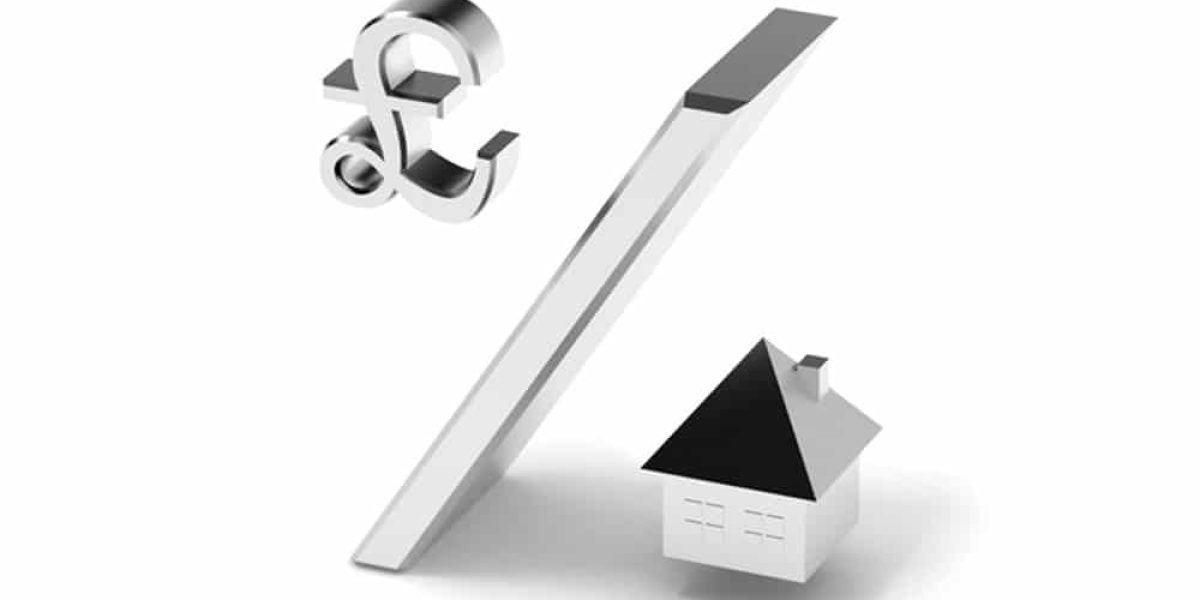Property development covers new build, conversions and renovations. Commercial property development is for property that an investor wants to make a profit from, or a building that a business wants to develop for its own use.
Types of funding
If a developer is building new property or refurbishing property for sale, they may be able to repay the loan after the property is sold. A short-term bridging loan for 12 months or less can be used to fund the project.
If the investor intends to rent out the commercial property for a long time, a commercial mortgage can be used. Typically, a commercial mortgage lasts from five to twenty years.
It is possible to have a mixture of loans with a bridging loan used to fund the development work and a commercial mortgage to purchase the building.
If developing residential property for rent, you will probably need a buy-to-let commercial mortgage.
The type of funding you need is dependent on how the extent of the construction and how long it takes.
When planning property development, you need to estimate both the cost and the time to complete the project. In practice, especially when using contractors, there can be delays and costs can increase. It is better to overestimate time and costs when calculating your development finance needs.
Interest rates
Unlike house mortgages for individuals, there is no set interest rate for development loans. Each application is assessed for risk and the lender calculates interest rates according to the loan risk.
There are several lenders that specialise in commercial finance, and a commercial mortgage broker will be able to find the best deals.
How much can you borrow?
In theory, there is no upper limit to how much can borrow. The value of the building after development must cover the value of the loan. Lenders will not give 100% of the cost of the development. They lend at the gross development value (GDV) which is usually between 60% and 75% of the value of the developed property. If the developer owns other land tor property that can be used as security, lenders will consider higher rate GDV. It is possible to obtain an 100% GDV in this way.
If using a commercial mortgage to buy the property that is being converted, the lender will again provide about 60% to 75% of the value of the property.
For large developments and new builds, development finance is available that can be drawn down in stages. During the first stage, the developer uses their own funds based on the GDV. If the GDV is 75%, then the developer must finance 25% of the project in stage one. Further payments are then drawn down as each subsequent stage is completed. By using staged payments, interest is saved as interest is only charged on the total amount borrowed at each stage.
If you need a commercial mortgage, bridging or development finance for property development, talk to Ascot Mortgages about all your finance options.


